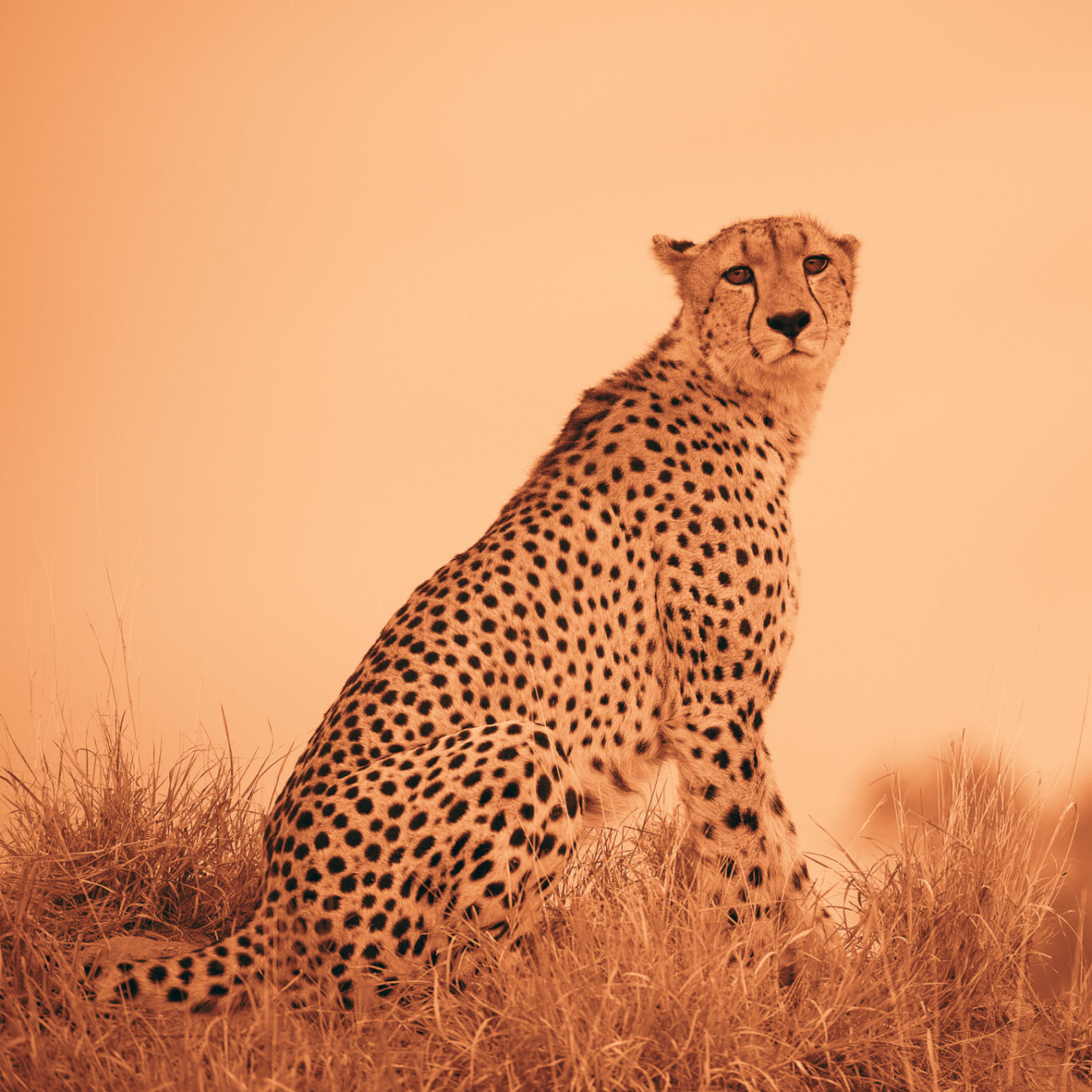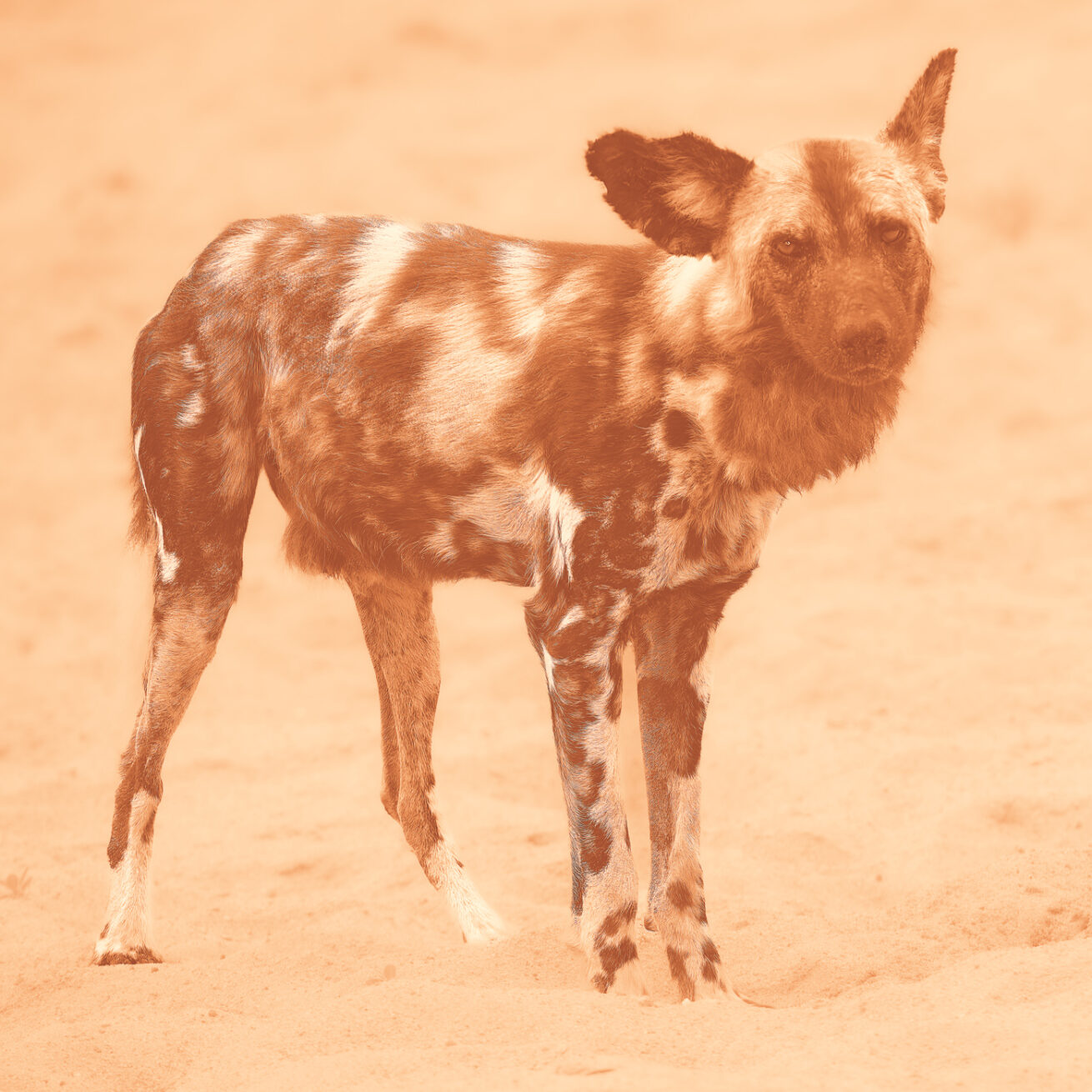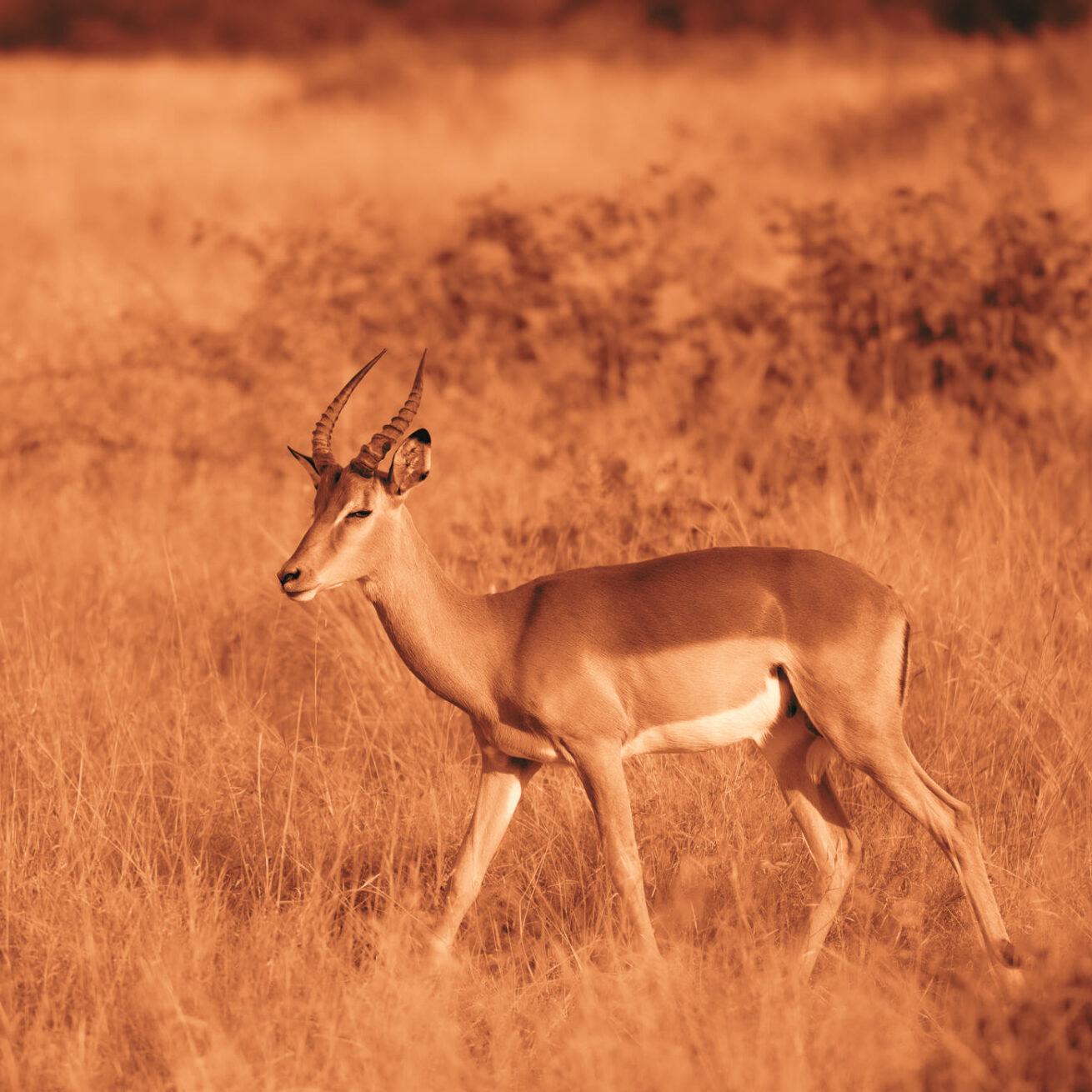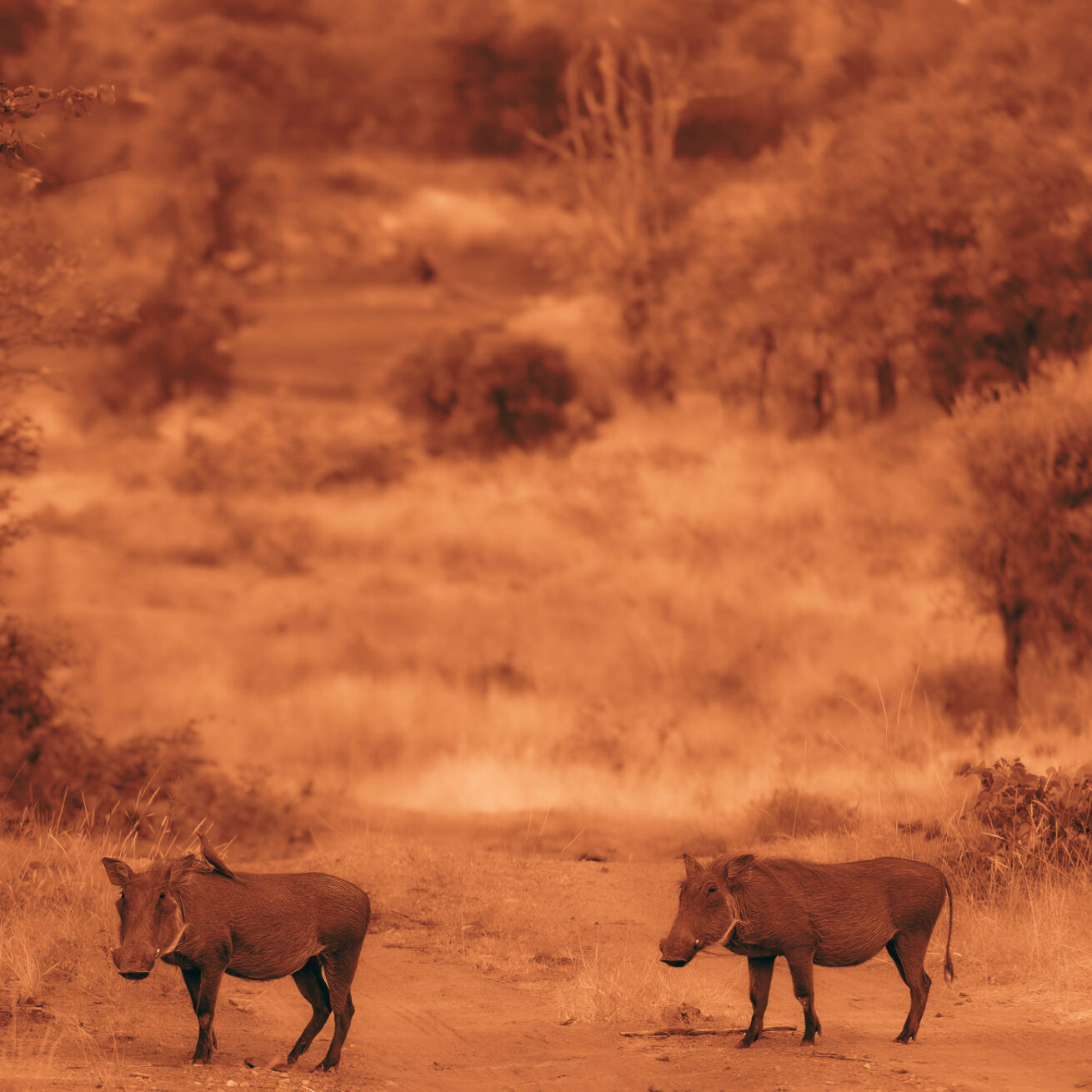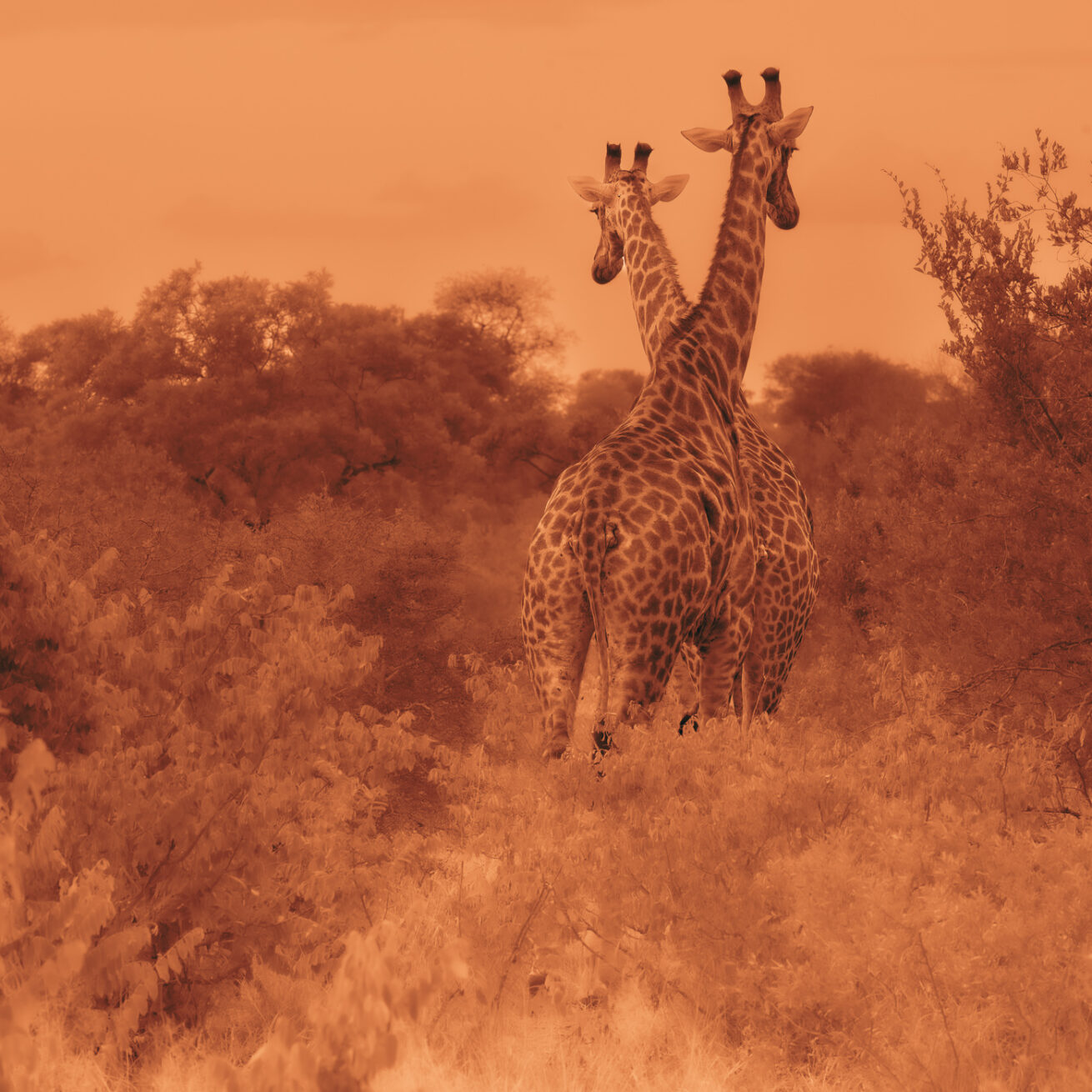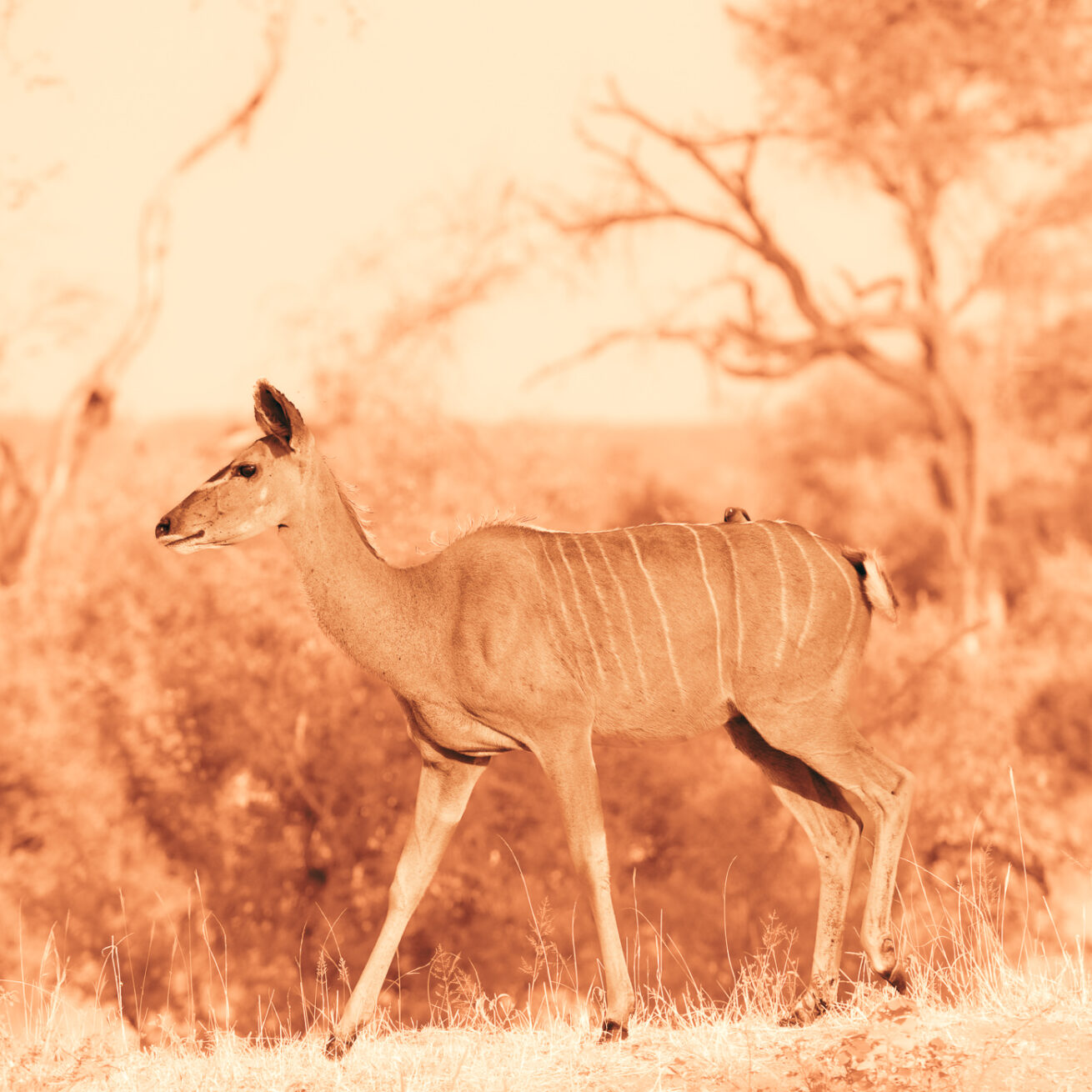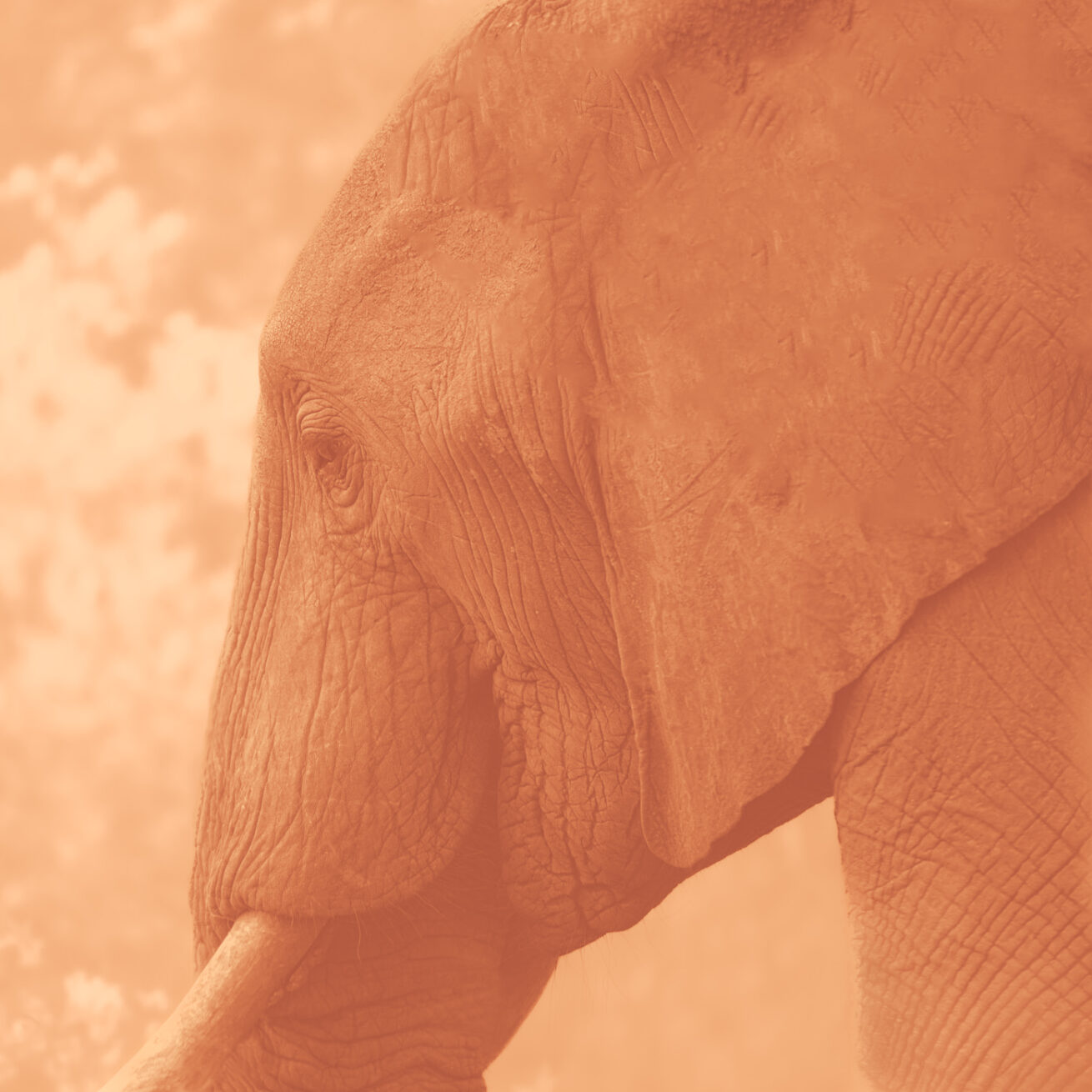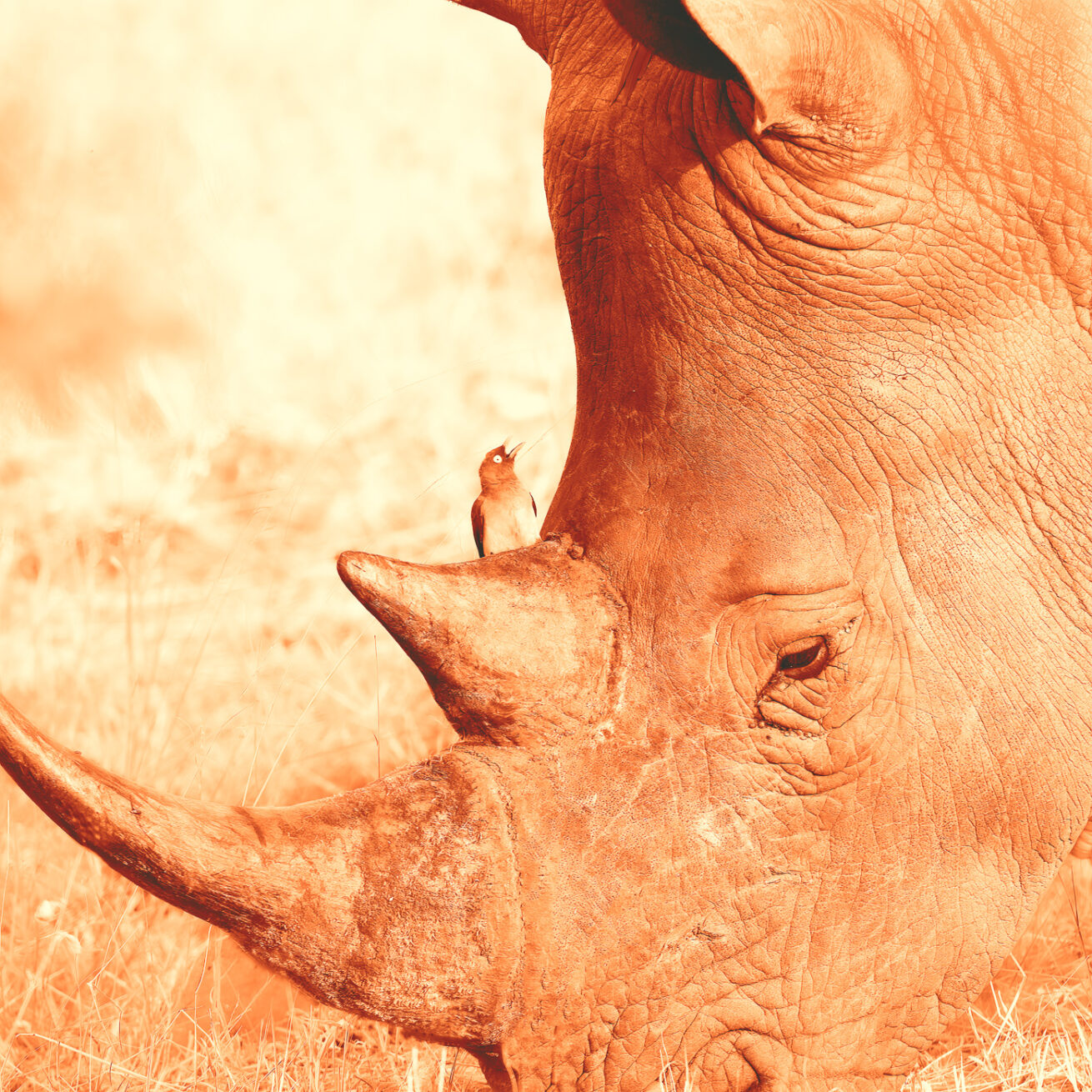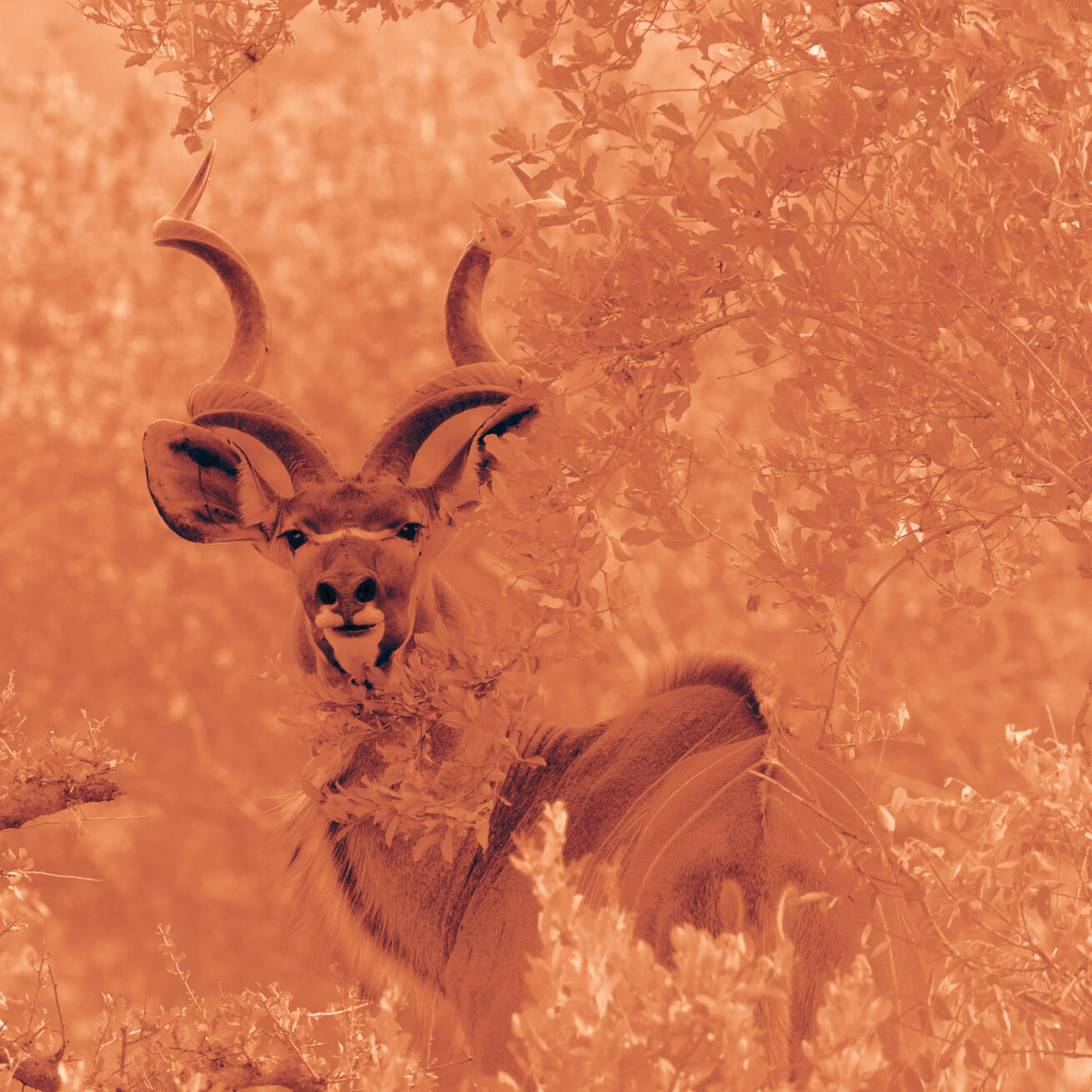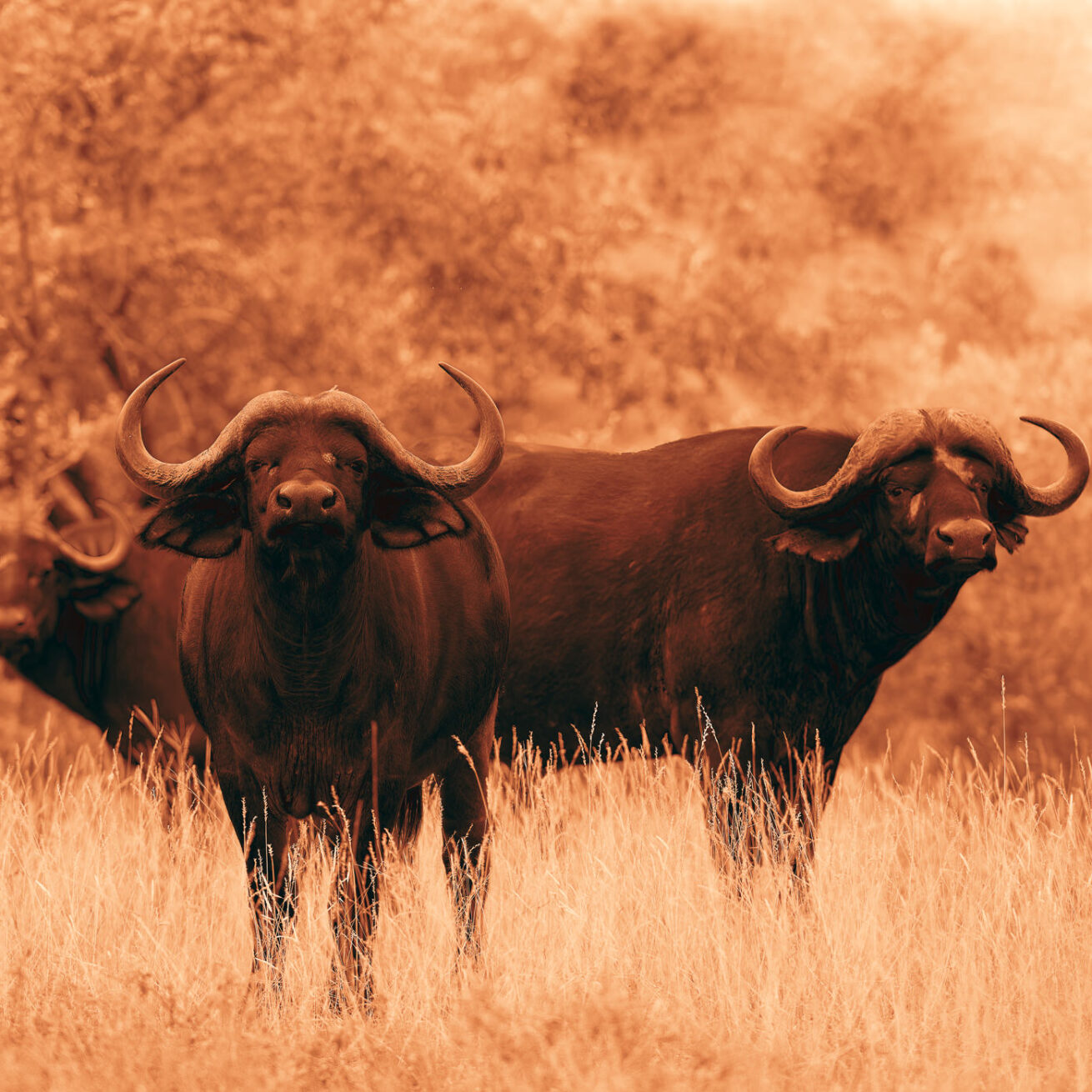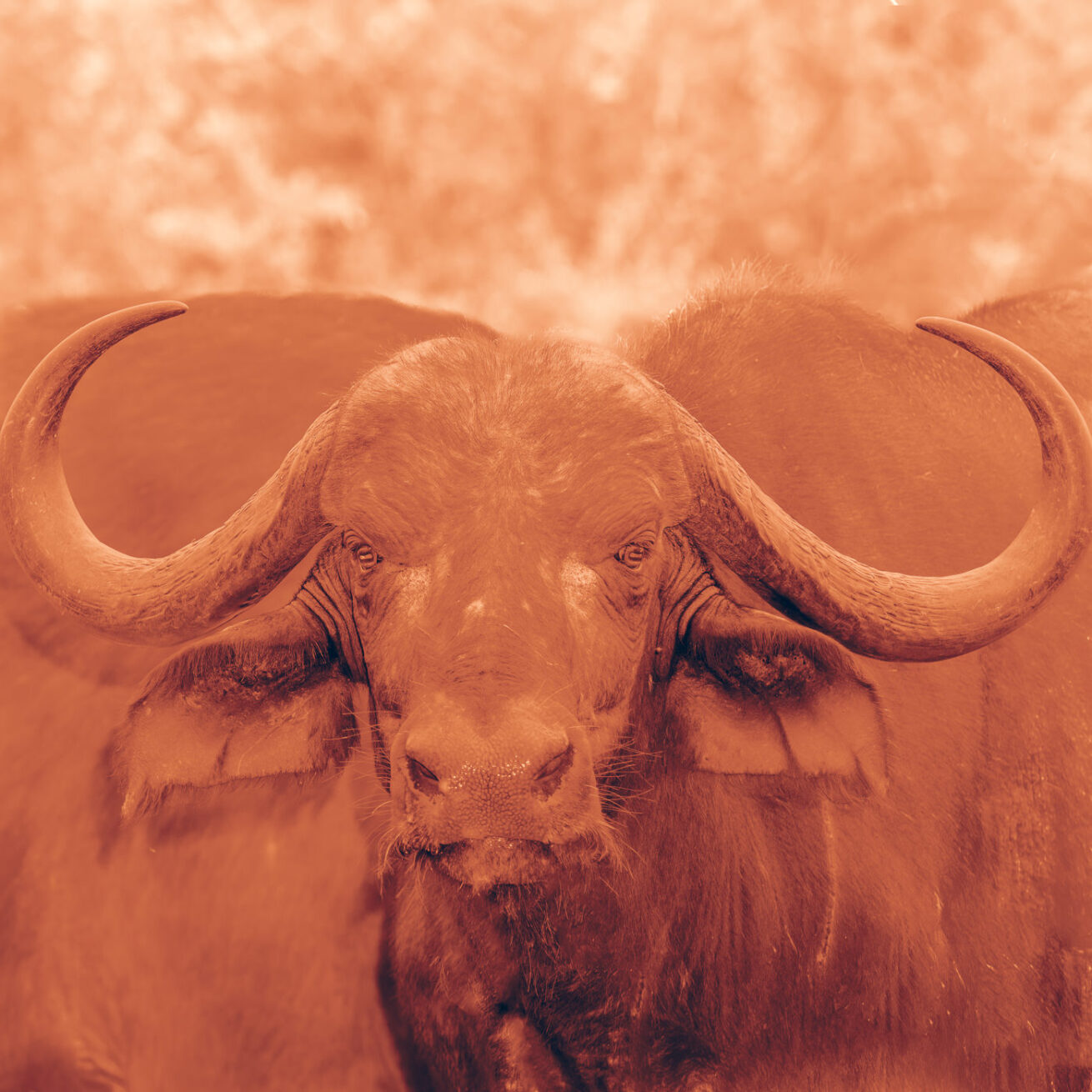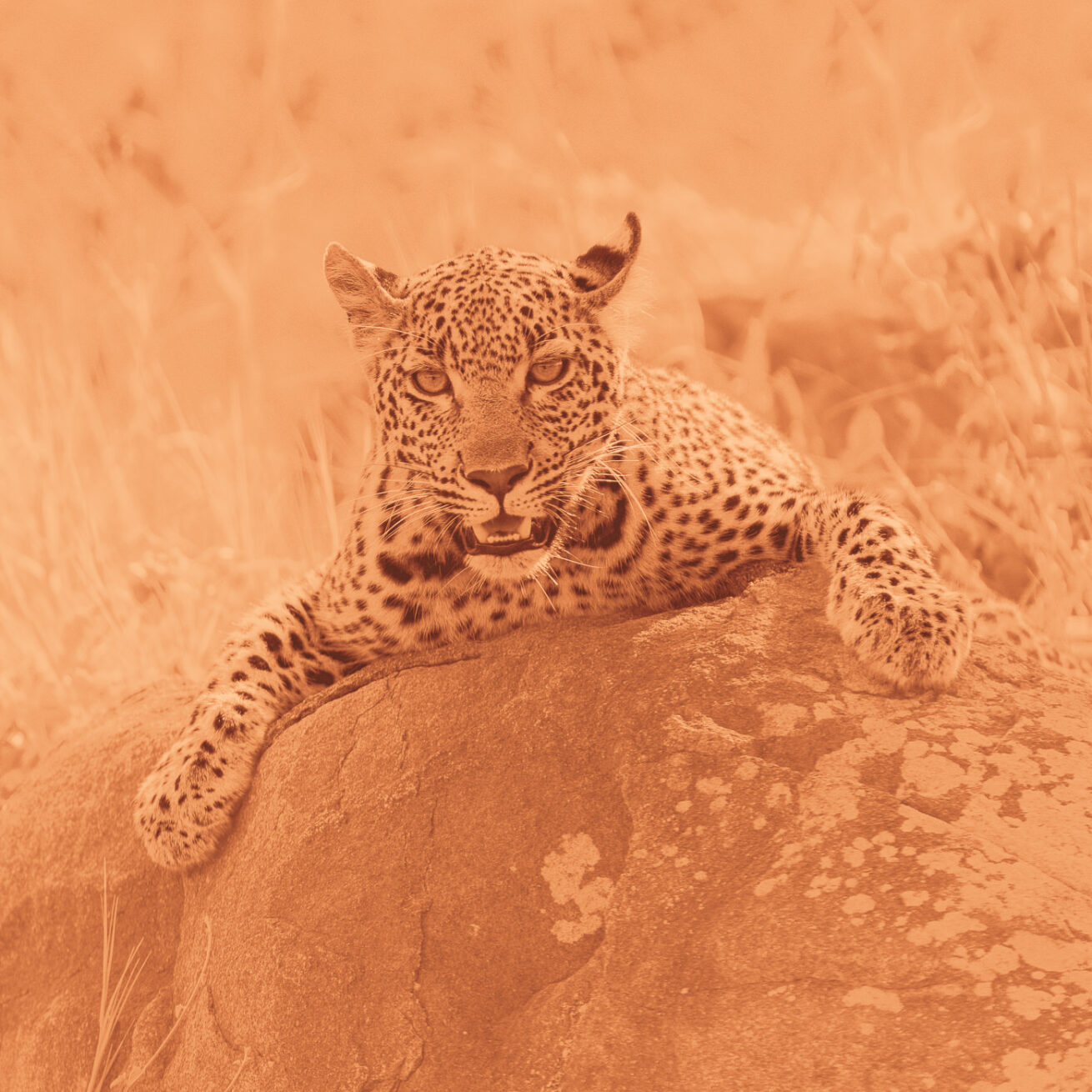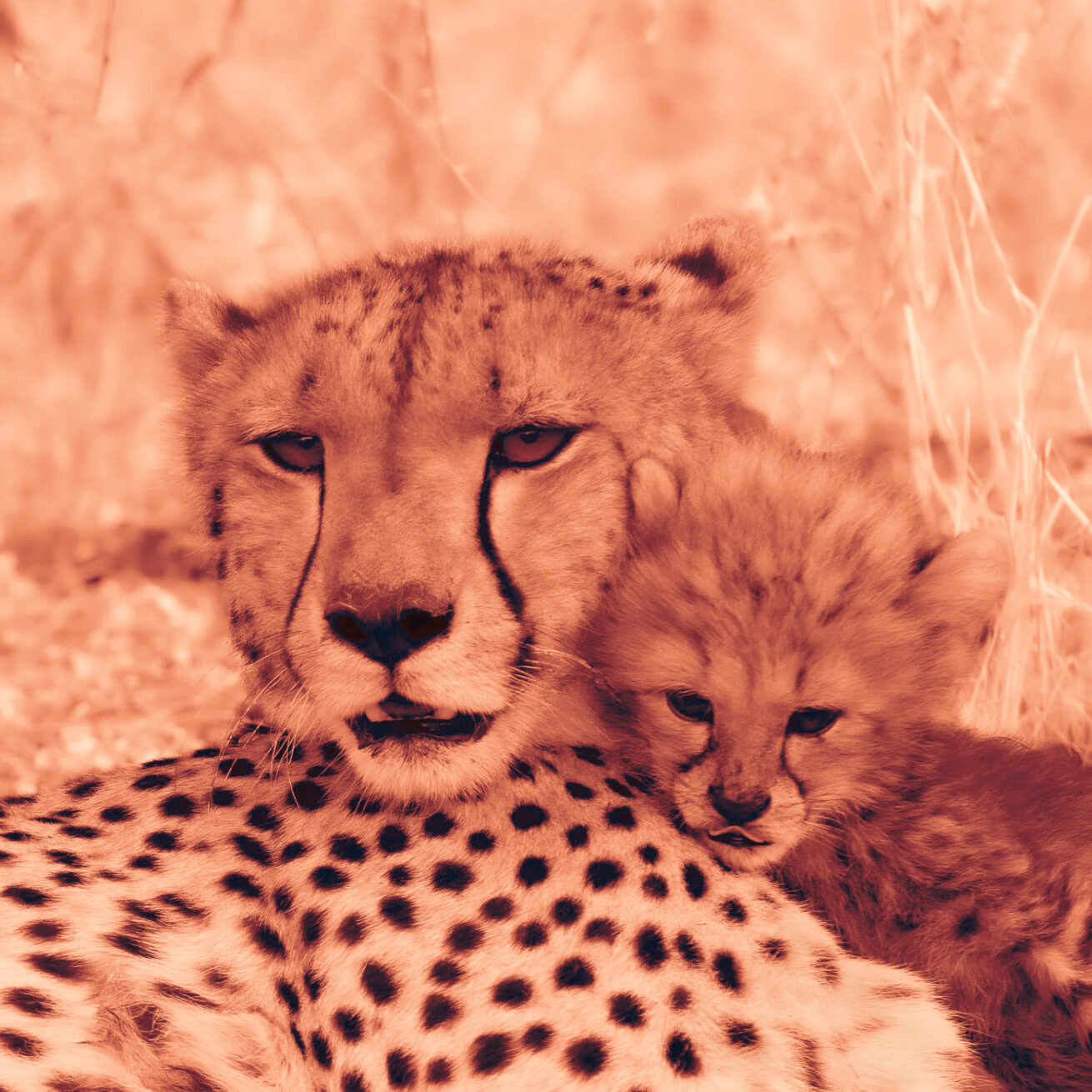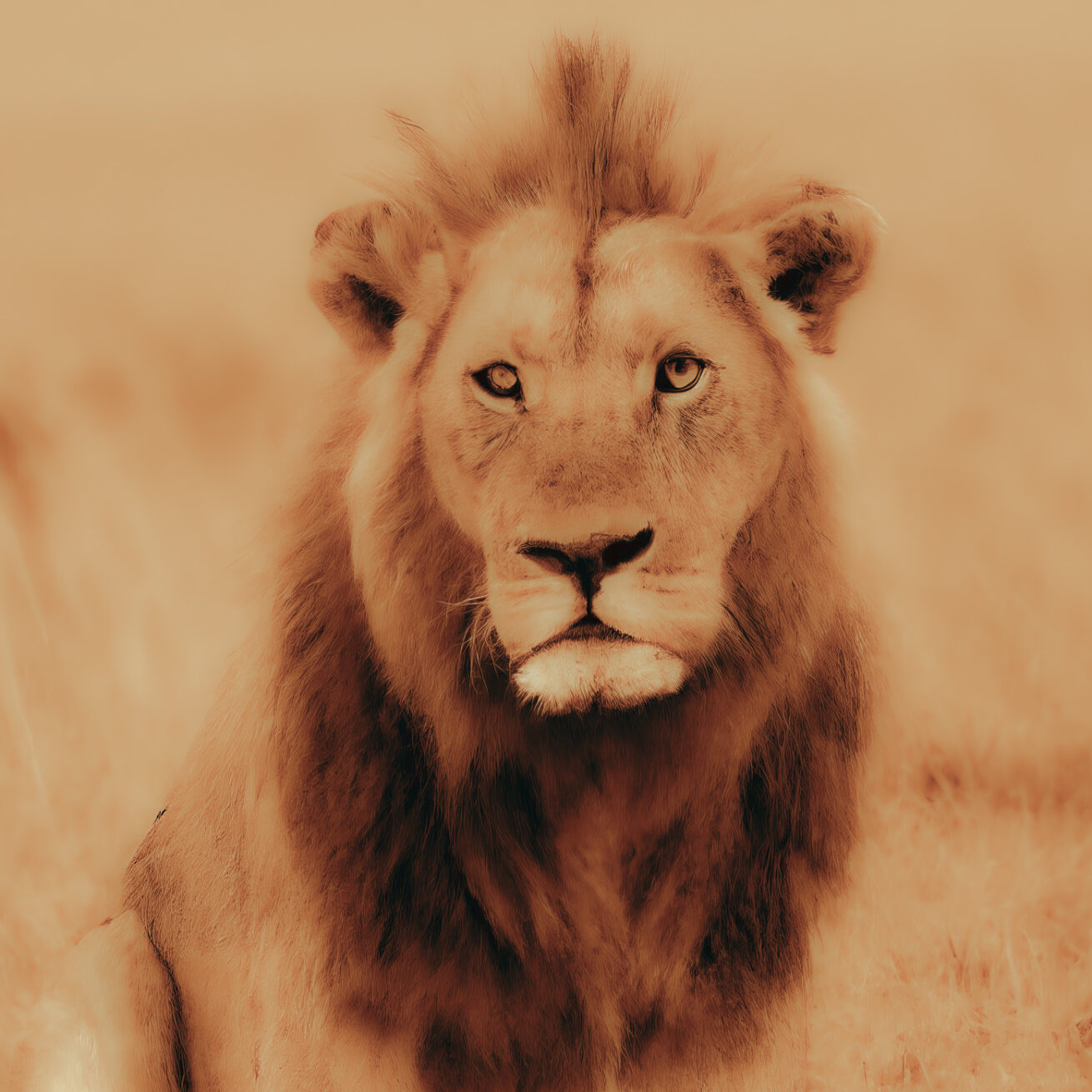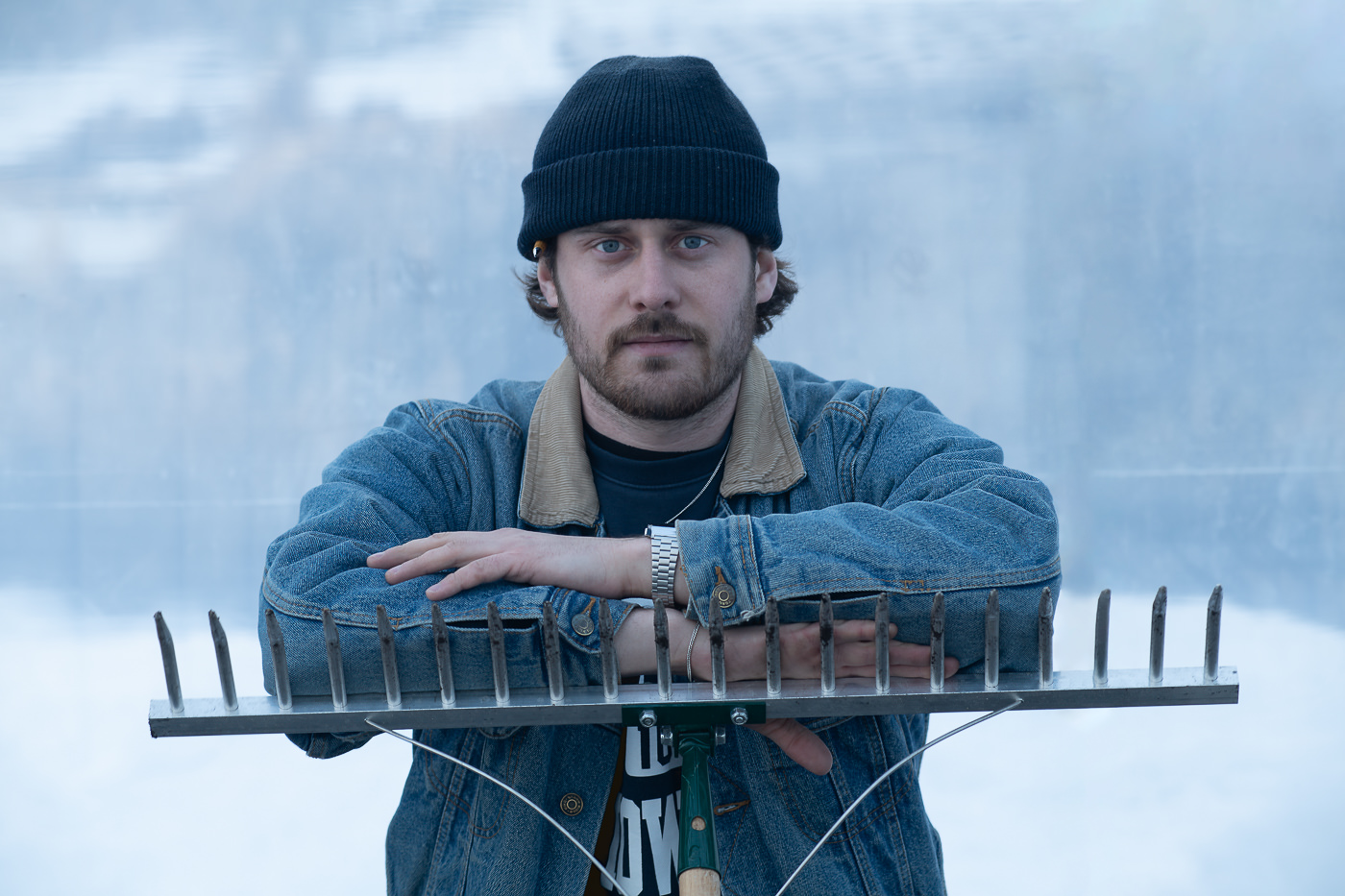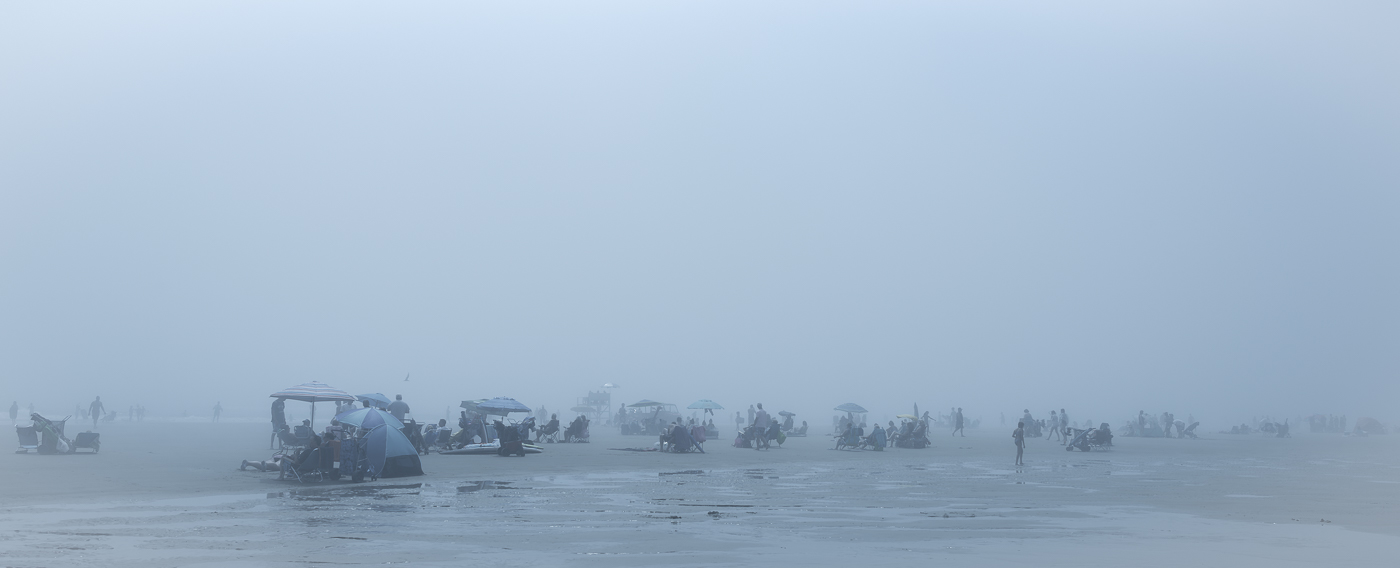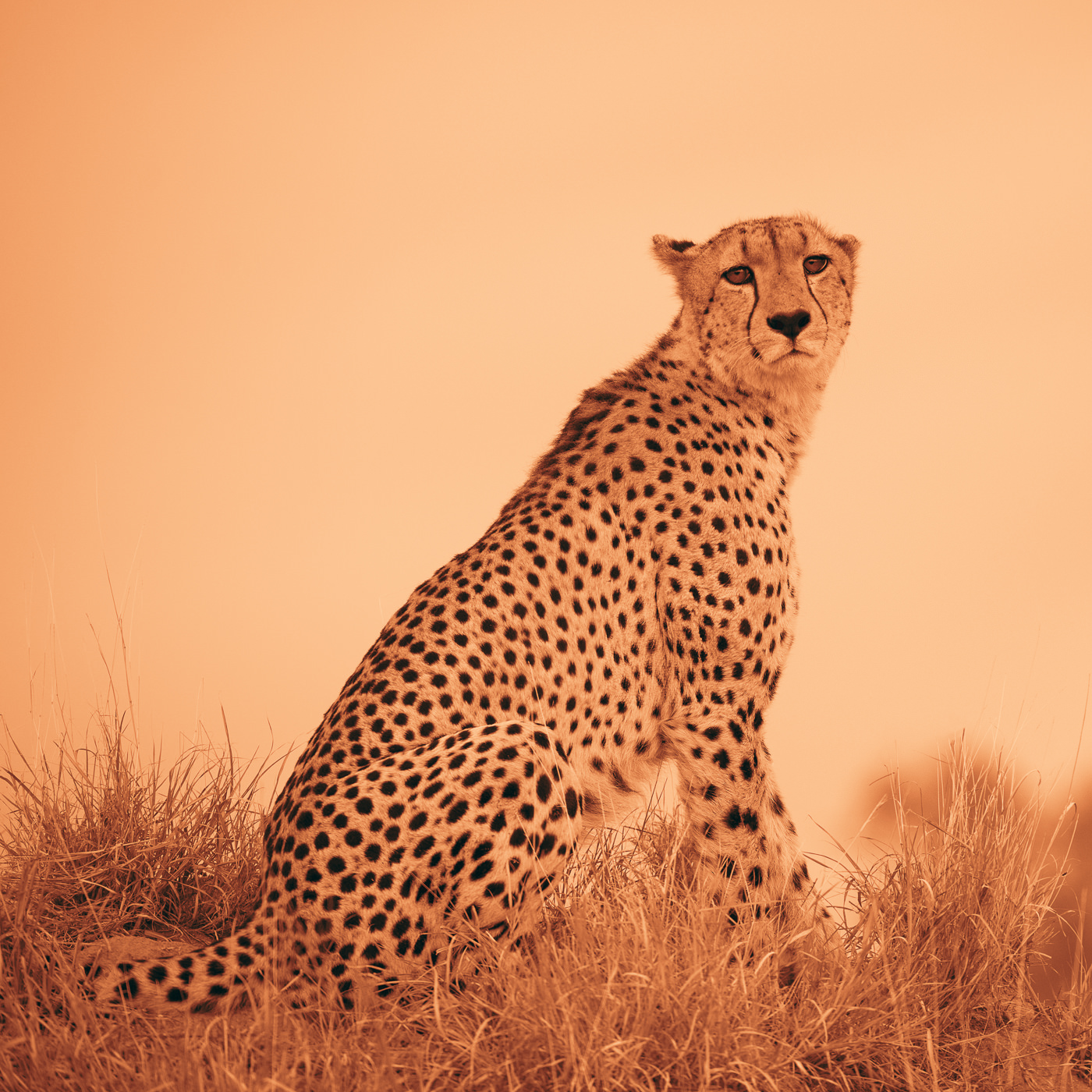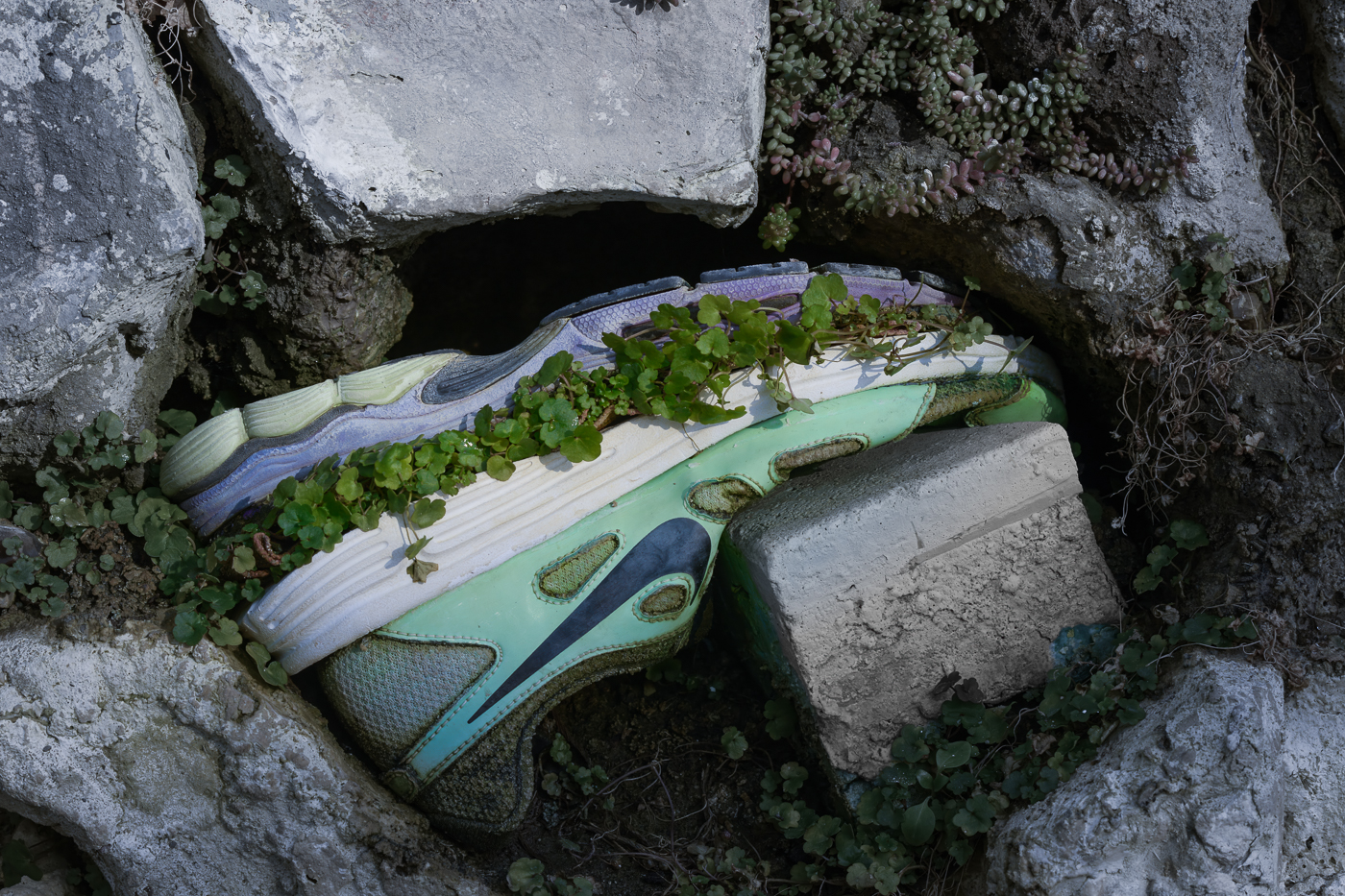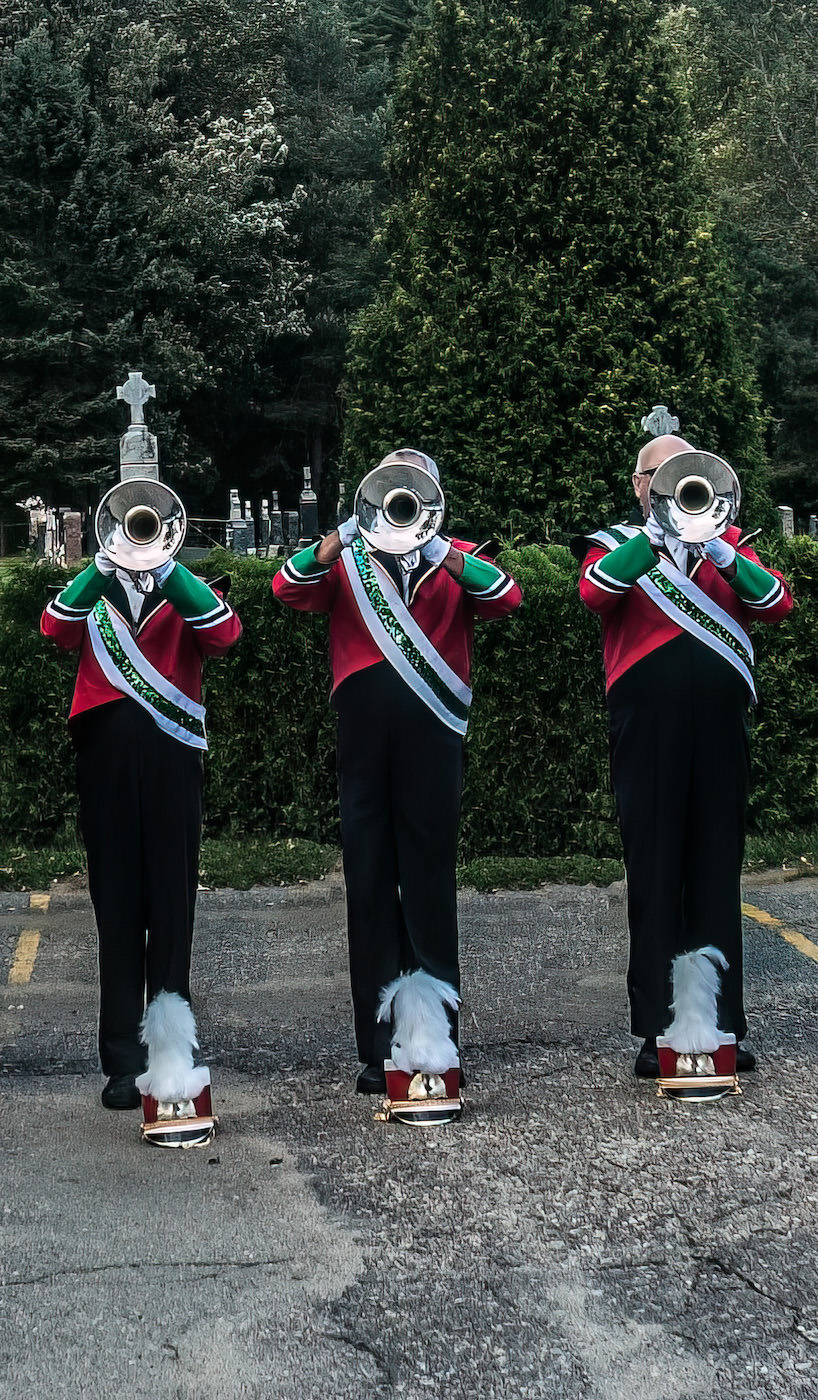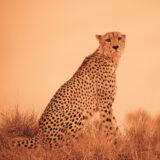
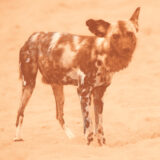
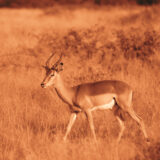
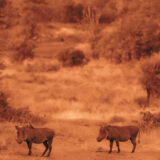
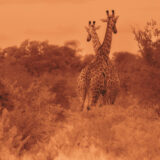
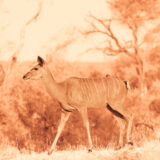
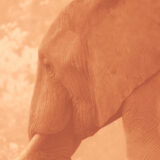
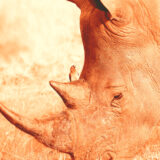
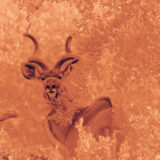
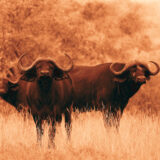
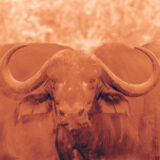
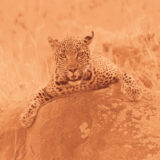
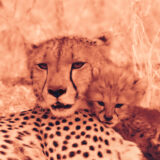
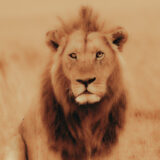
Anthropique s’inscrit dans une réflexion sur l’Anthropocène, cette époque géologique où l’homme est devenu une force modifiant profondément les écosystèmes terrestres. Ce concept nous invite à repenser notre place dans la nature, non comme une espèce dominante, mais comme un élément parmi d’autres, en équilibre avec le reste du vivant. Il est urgent de questionner notre rapport au monde animal, particulièrement en Afrique, où la richesse de la faune sauvage a longtemps été perçue comme acquise. Pourtant, cette abondance est aujourd’hui menacée, et l’avenir des animaux sauvages est indissociable du nôtre.
Profitant d’un déplacement en Afrique, j’ai voulu proposer un regard différent de celui des photographes traditionnels qui capturent la majesté des animaux sauvages, comme Nick Brandt. Plutôt que de chercher des scènes grandioses et spectaculaires, j’ai opté pour des portraits simples, parfois quasi-intimistes, saisissant des regards. Ces portraits soulignent la vulnérabilité des espèces, parfois perçues comme invincibles à cause de leur stature ou de leurs capacités physiques. Loin des clichés habituels, mes images montrent leur fragilité. La couleur rouge brun de la savane, particulièrement présente dans la faune et la flore, est une couleur que j’associe à la Sanguine, utilisée par des maîtres comme Léonard de Vinci, Rembrandt, Ingres, Fragonard, Poussin et d’autres.
La Sanguine, en plus de sa couleur, porte une symbolique forte, celle de l’évolution de la population animale sauvage, dont la survie est désormais incertaine. À travers ce choix, je mets en parallèle l’évolution de cette technique de dessin, tombée en désuétude au fil du temps, et celle des espèces animales menacées, sur le point de disparaître. Ce lien entre l’histoire de l’art et la disparition des espèces s’est imposé comme une métaphore forte dans mon travail.
J’ai limité la présence du paysage, le réduisant à sa plus simple expression, comme un symbole d’une nature fragile qui se dégrade progressivement. Une de mes photographies, sans préciser laquelle, a été produite par synthèse numérique pour représenter ce qui pourrait subsister lorsque ces animaux auront disparu. Son inclusion parmi les autres images montre à quel point la réalité d’aujourd’hui est fragile et en voie de disparition.
Afin de souligner cette fragilité, j’ai choisi d’imprimer mes photographies sur un papier japonais très fin, comme l’a fait Rembrandt pour ses dessins à la Sanguine. Ce choix de papier, qui laisse passer la lumière, renforce l’idée de transparence et de fragilité et véhicule en même temps un message écoresponsable. En effet, ce papier 100% naturel est récolté et fabriqué à la main, sans produit chimique, à partir de l’écorce de murier, ne menaçant pas la survie de l’arbre. Il est biodégradable et compostable. Le format carré des photos de 16”x16” apporte une touche moderne à ces images, tout en les inscrivant dans une tradition artistique ancienne. Par cette démarche, je souhaite inviter le spectateur à une prise de conscience : l’avenir de la faune sauvage et de l’humanité sont intimement liés, et il est urgent de préserver cet équilibre fragile.

